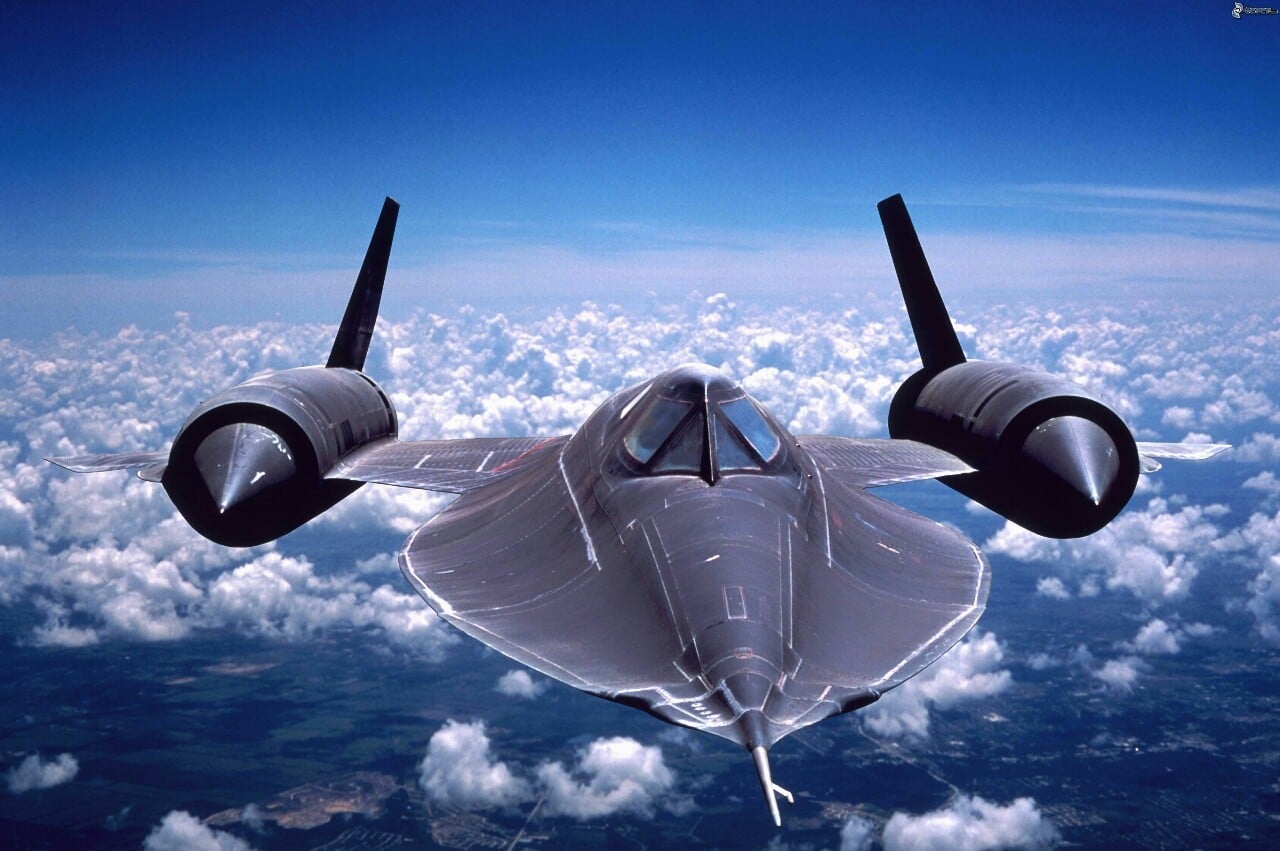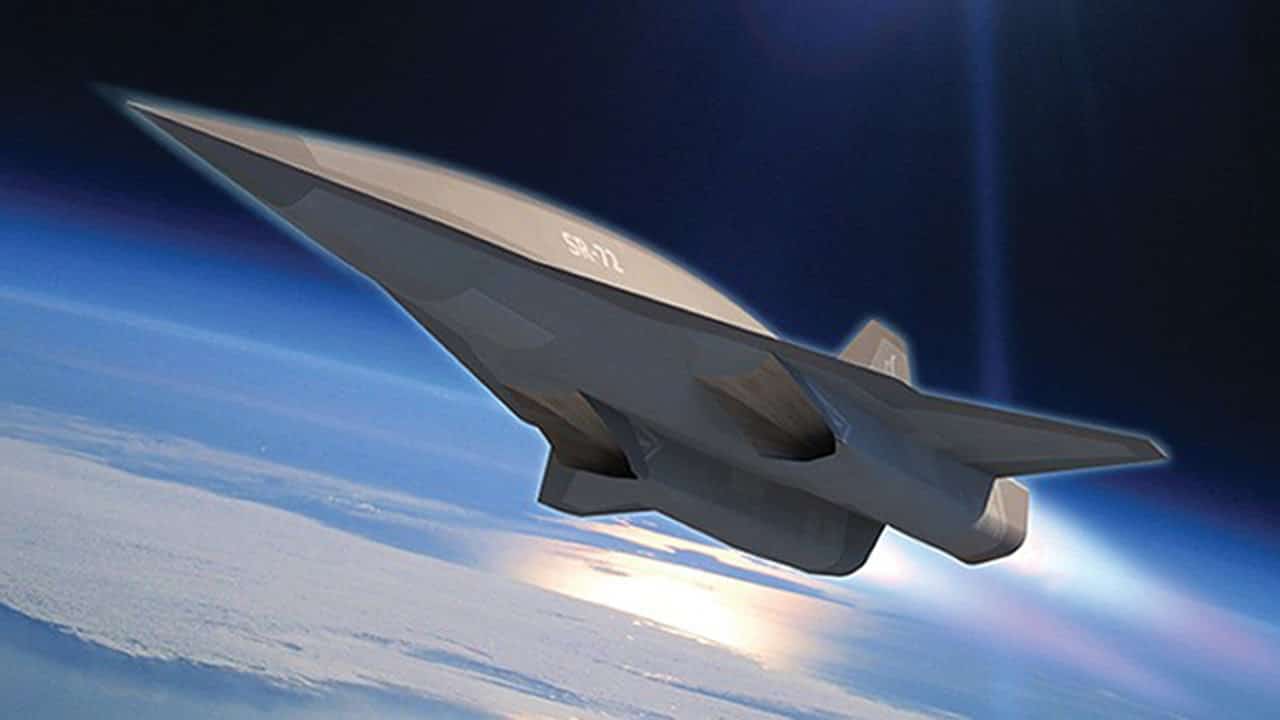Hypersonic aircraft are being developed by Russia, China, and the United States with the race between the nations reaching a fever pitch in the technology community as a working prototype becomes a near reality. Global superpowers realize the importance of this breakthrough in tech and all of them are working toward gearing it for their military and civilian applications.
Last week, the industry leader in hypersonic flight, Lockheed Martin, may have let the cat out of the bag when they announced that the SR-72 hypersonic craft, built to replace the SR-71 blackbird, may already be functioning and ready for a test flight.
IMAGE: NNM
Hypersonic Flight – Where We Are At
The Vice President of Strategy and Customer Requirements, Advanced Development Programs for Lockheed Martin, Jack O’Banion, gave a talk at the American Institute of Aeronautics and Astronautics SciTech Forum last week. During the conference, he said, “Without the digital transformation the aircraft you see there could not have been made,” while referencing an image of the SR-72.
O’Banion may not have realized his choice of wording at the time led the audience to assume that the SR-72 is completed and a hypersonic reality. O’Banion added that the pace of technology over the last five years has allowed research teams to calculate data never conceived before and that just five years ago, the tech needed to induce hypersonic flight was just not available.
The SR-72 is powered by a hypersonic ‘scramjet’ engine that can propel an aircraft to speeds higher than Mach 5. O’Banion mentioned that if engineers had tried to use the scramjet concept just a few years ago, the engine would have merely melted into scrap. With the advent of advanced computing and algorithmic technology, hypersonic flight now seems like a stable reality.
The new technology has enabled the research teams working on the hypersonic projects the ability to create advanced cooling systems that keep the engines running during their hypersonic flight. The hypersonic vehicle is said to be capable of agile response, and the engines have the ability for multiple firings during a single flight.
Earlier this year, Google Earth captured eerie images of a possible hypersonic craft being held at a private aviation facility. The craft bears a striking resemblance to the concept designs of the SR-72, and the craft was pictured just a short distance from the headquarters of Pratt & Whitney, and Sikorsky Aircraft Corporation, Pratt & Whitney is best known for their work on engineering the scramjet engine for the X-51A WaveRider hypersonic craft.
The Skunk Works team headed by O’Banion, responsible for the development of the SR-72 is located in Palmdale, California, so it would make more sense that the craft depicted in the Google image is instead one of the vehicles from the range of Falcon-Hypersonic aircraft.
Further details in the media related to hypersonic travel and the crafts that are supposedly meant to provide it are thin. Bloomberg states that executives at Skunk Works declined to comment on any further developments in the SR-72 project. They have also not mentioned any of the flight requirements for the craft, nor have they indicated whether or not the aircraft will be manned or unmanned. The Pentagon has also declined to comment or confirm any of O’Banion’s comments on the hypersonic program.
For now, it looks like the government projects, at least in the united states, are still shrouded in secrecy. All we can do is sit back and keep an eye on electronics components news for the first nation to announce they have found the holy grail of travel. If recent reports are anything to go by, the future may not be that far away.
If you are interested in even more technology-related articles and information from us here at Bit Rebels then we have a lot to choose from.


COMMENTS